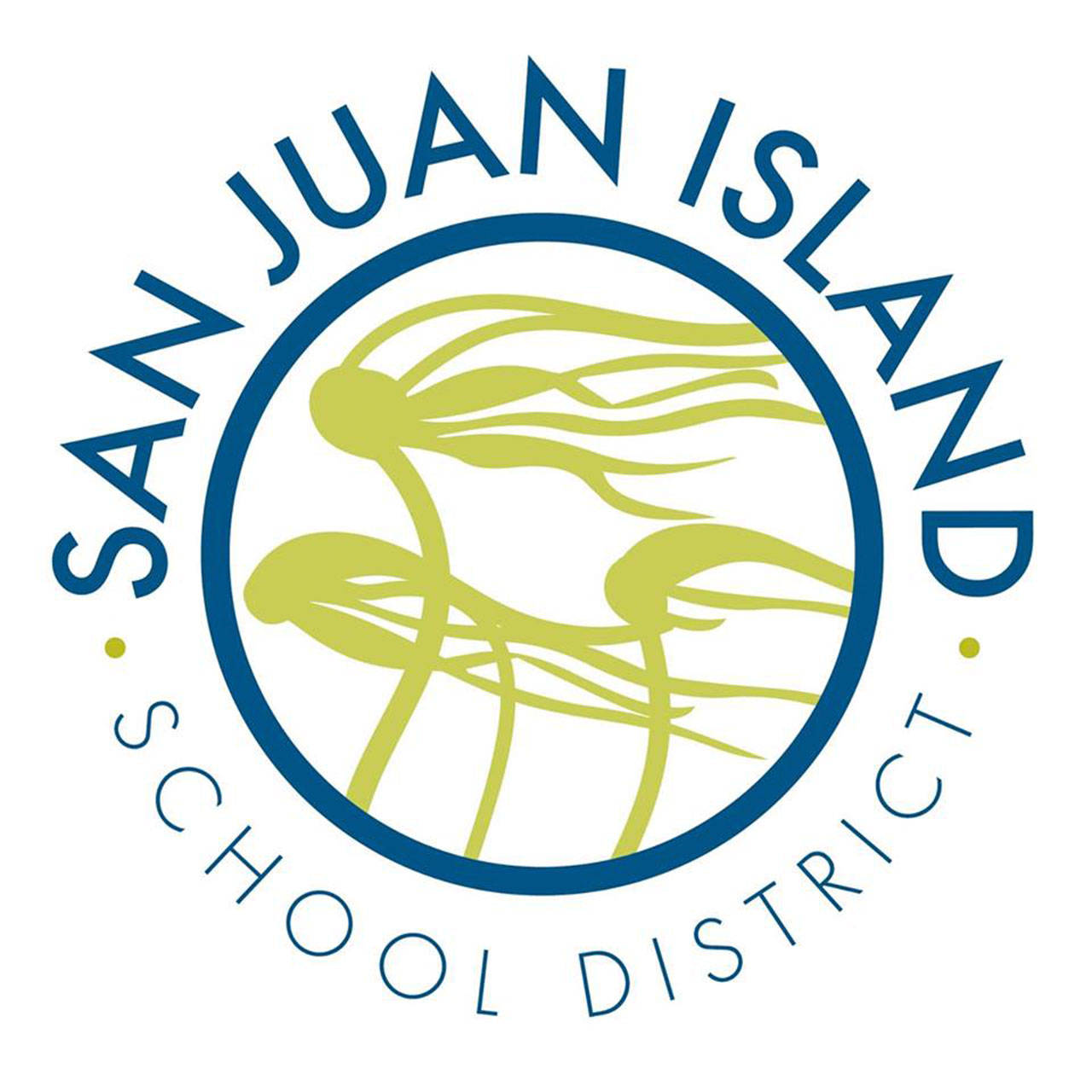After a four-day weekend, San Juan Island School District students resumed classes on Tuesday, Sept. 5.
The 55 union teachers, striking from work, voted to accept a tentative agreement for the 2017-18 school year at around 6 p.m. on Labor Day. This ended the only teachers’ strike in the state, according to a state teachers’ union representative.
“It was poignant and iconic to end the strike on Labor Day,” said SJISD Board Member Brent Snow at the Sept. 5 meeting, where the board officially approved the agreement, making it a legal contract. “We’re just happy to have the kids back in class.”
School closed on Friday, Sept. 1, after union members voted to strike for additional training and a pay increase, according to Amy Hull, the union’s president. Their previous contract ended the day before, on the first day of the new school year.
Pay raise
The new contract includes a 3 percent pay raise from local funds, explained SJISD Chairman Ralph Hahn to the Journal.
The pay raise will give the district an end fund balance equaling 3 percent of the money spent last year, according to SJISD Business Manager Joe Domenech. Before the new teachers’ contract, it was to be 6 percent of the funds spent last year, said Domenech. Exact figures cannot be given, he added, because last year’s financial statements have not been closed yet.
“The cost of the strike, now, is more than a low end balance, later,” said Snow at the Sept. 5 meeting.
The low end fund balance is “well below the comfort zone for everyone,” Domenech told the Journal. It may “raise some eyebrows,” with state educational education agencies, but only the state auditor regulates the district’s finances based on reviews in two-year periods. State officials can restrict districts’ spending in extreme instances, he added, but there is no exact figure to start restrictions, rather an overall look at the budget.
Budget questions
At the Sept. 5 meeting, SJISD Board Member Jack McKenna noted that some teachers’ union members thought the pay raise came from hidden funds. Yet, according to Domenech, the decrease in the end fund balance proves funds in the budget were spent on the raise, and not money from a hidden stash.
Rich Wood, a representative from the state’s teachers’ union who worked with the local union, attests that the district always had the means to increase salaries.
“In the end, the contract proves that they were able to find the funding,” said Wood.
He admitted that his team had difficulty reading the district’s finances.
“There was a lot of confusion about that; it took some time to understand the district’s budget,” said Wood, who could not provide details about the district’s “different approach” to budgeting.
Snow said he will lead an open workshop about the budget at 5 p.m., Wednesday, Sept. 13 at the Friday Harbor High School library.
Teachers’ salaries
At the Sept. 5 meeting, Snow explained that the district has little control in revenue, which is mostly based on the number of enrolled students, while staff consists of 80 percent of the expenditure.
Hahn told the Journal that, this year, the state increased teachers’ base salaries by 2.3 percent. This money is automatically sent to the district and was not part of negotiations. That gives teachers a 5.3 percent total salary increase from last year.
Woods added that it was important for SJISD teachers to receive this raise because there will be a one-year, state-mandated restriction on pay increases for them in the 2018-19 school year. This change is part of the new state budget, which narrowly passed under deadline last June. It will create a new salary system for teachers, added Wood.
Snow said that the main goal of the board has been to use funds to limit class sizes. District class sizes, he said, have lowered in the last four years, while teachers’ salaries have raised a little, but not as much as their district counterparts.
Negotiations
Teachers picketed for their new contracts throughout Labor Day weekend, including at the San Juan County Courthouse, San Juan Island Farmers Market and the district office.
“We all came together,” said Union President Amy Hull, about the community’s support for the strike.
McKenna said the two sides negotiated throughout the holiday weekend, with discussions often lasting until midnight to 2 a.m. District officials, he said, would edit the draft agreement for roughly three hours, then return it to the teachers for an equally long look. Superintendent Danna Diaz estimated the teams spent 36 hours negotiating.
“It was like really slow moving ping pong,” said McKenna.
Another school day was also added to the district calendar to make up for the Sept. 1 closure.
SJISD teachers’ contracts
The contract includes:
- A 3 percent pay raise from local funds.
- Limiting the number of caseloads for special education teachers.
- Annually allocating an $800 minimum for classroom supplies per grade level and a $400 minimum per teacher to be spent by next May.
- Paying teachers their regular daily rate for professional development days, along with some compensation for travel time.
- The continuation of the district’s professional development advisory committee, which is comprised of teachers elected to the group to advise the superintendent on teachers’ training interests.



